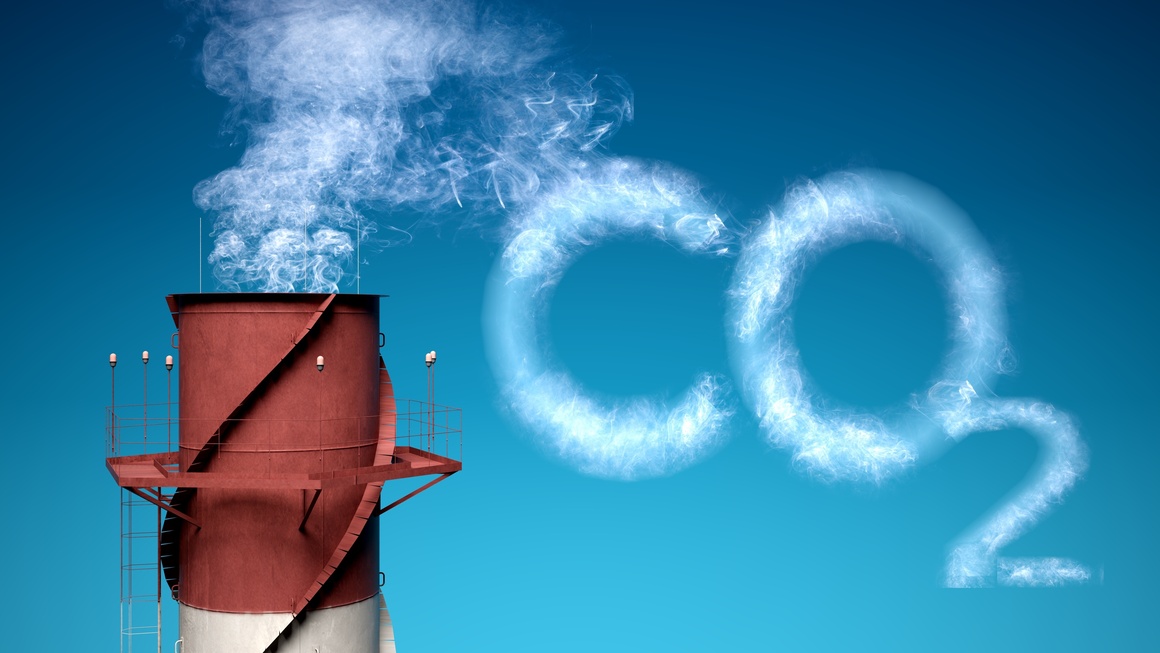Portland, OR / September 18, 2019 / -- In December of last year, negotiators from the European Parliament and Council finally agreed on a historic policy that would implement new standards for carbon dioxide (CO2) emissions, ensuring that new cars and vans produce 15 percent less CO2 by 2025, and 37.5 percent for new cars by 2030. It’s one of the most significant agreements made by any government body, and one that could influence policymakers here in the United States. But it’s not without issues. For starters, while the European Public Health Alliance (EPHA) lauds the agreement, it argues that more ambitious actions are needed to curb the effects of air pollution on human health.
In other words, more aggressive action is needed to reduce air pollution emissions from vehicles and facilities that depend on the combustion of fossil fuels.
“Combustion generates H2O, NO, NO2, CO, CO2 and particulate matter,” explains Camfil USA’s Charlie Seyffer, Manager of Marketing & Technical Materials for commercial air filters and 37-year ASHRAE member and active committee participant. “Combustion can also emit hydrocarbon gases, vapors and organic particles. Impurities such as metals, mercaptans, sulfur oxides, and other particles can be emitted.”
WHO Declares Poor Outdoor and Indoor Air Quality a Global Threat in 2019
Climate change and poor outdoor and indoor air quality caused by air pollution take the top spot in a list of global threats in 2019 released by the World Health Organization (WHO). The list notes that air pollution is not only the greatest environmental risk to public health but that nine out of ten people are exposed to poisonous air quality every single day of their lives.
According to the report, microscopic particles in the air can enter the human body’s respiratory and circulatory systems, causing adverse health effects to the lungs, heart and brain. The WHO estimates that around seven million premature deaths around the world happen every year due to diseases related to air pollution exposure, such as cancer, stroke, and heart and lung disease.
Worse, the vast majority of these premature deaths happen in low to middle-income countries, where high volumes of emissions from transport, agriculture, and industry, as well as the rampant use of solid fuels for cookstoves and fuels, contributes to poor indoor air quality.
Climate Change to Drive Demand for Air Filtration Systems
Ironically, air pollution and climate change have a way of fueling each other. Scientists already know that the primary cause of air pollution is the uncontrolled burning of fossil fuels for transport, power generation and industry. Warmer temperatures, in turn, create conditions conducive to the formation of smog in the atmosphere. Warm air also tends to stagnate, preventing dirty air from leaving a given area. In fact, the number of days where ground-level ozone reached unsafe levels increased dramatically between 2014 and 2016—the same time the world experienced the hottest years in recorded history. In any case, it seems a future of climate change could also make air filtration systems a necessity in all homes, workplaces, and commercial and retail indoor spaces.
A Push to Build Awareness of Air Pollution Across America
The growing threat of climate change has compelled the American Lung Association to publish a report stating that climate change makes it harder to protect the health of the public and that too many cities are now suffering from increased ozone pollution levels caused by a rise in global temperatures. Air purifiers and air filters for heating, ventilation, and air conditioning (HVAC) systems, while capable of capturing common airborne pollutants that comprise smog, can only do so much—they protect people indoors but do nothing about outdoor air pollution.
Government Pivot on Air Pollution to Make Home Air Purification and Air Filtration Solutions More Urgent
The current administration’s efforts of rolling back climate change regulations aren’t painting a hopeful picture of the future either. Last year, the EPA stopped the Obama administration’s Clean Power Plan, which sought to cut climate change-causing emissions, despite studies showing that the program would reduce air pollution and prevent at least 3,600 premature deaths by 2030. Such policies would have provided a more lasting solution to clean air, rather than having people rely on home air purification systems in their households.
Work with a Trusted Air Filter Manufacturer or Distributor
Anyone who is serious about researching proper air filtration must take the time to look for a reliable air filter manufacturer or distributor near you. Not all air filter solutions are made equal—some are better suited for certain applications, like in commercial buildings and municipal facilities, while others are appropriate for the common household. A reliable air filter specialist will help buyers make an informed decision, one that’s based on their air quality needs, the type of pollutants present indoors, and the presence of any HVAC units.
With more than 50 years of experience designing and manufacturing high-quality air filter systems for all kinds of applications, Camfil US takes pride in its commitment to help home and building owners solve their air quality problems. Talk to the Camfil USA Air Filters in Portland, OR to learn more about improving your indoor air quality with air filters. You may also browse through our collection of air filter products and technology to learn more about our solutions.
Media Contact
Lynne Laake
Camfil USA Air Filters
T: 888.599.6620
F: Friend Camfil USA on Facebook
Y: Watch Camfil Videos on YouTube
SOURCE CLEAN AIR BLOG







